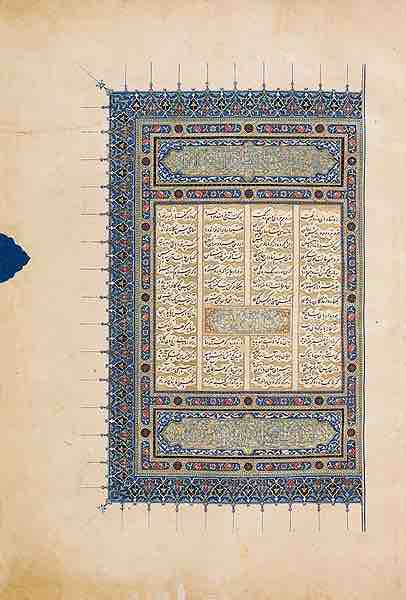Background: The Mongol Empire
The Mongol Empire emerged in Central Asia during the 13th and 14th centuries as the largest land empire in history. A result of the unification of Mongol and Turkic tribes, the empire took form under the leadership of the legendary Genghis Khan, also known as the Great Khan, meaning emperor. During his reign, Genghis Khan began a series of invasions known as the Mongol invasions, often accompanied by the large scale massacre of civilian populations and resulting in the conquest of most of Eurasia. After Genghis Khan's death, the empire began to split as a result of wars between succession heirs.
The Mongol Empire was governed by a code of law instituted by Genghis and termed "Yassa," meaning "order." Those of rank shared many of the same hardships as common people, resulting in an empire that was generally disciplined and well-run. Any resistance to Mongol rule was met with massive and collective punishment. The society practiced religious tolerance, and many religions found homes in the empire.
The Mongol Empire is notable for its extensive trade routes as well as its postal system, which was called "yam." This postal system was very advanced and was later replicated in the United States, where it was known as the Pony Express. The trade routes known as the Silk Road consisted of well-traveled and well-maintained roads that linked the land from the Mediterranean basin to China, greatly increasing trade throughout the area. Genghis Khan encouraged trade during his reign as merchants provided both information about neighboring cultures and necessary goods that the Mongols didn't produce.
Art in the Mongol Empire
The Mongols enjoyed various art forms, and their art work was highly influential on the dynasties that followed. The ruling classes were active patrons, and many paintings, illuminated manuscripts, and epics exist from the empire. The oldest surviving Mongolian work is "The Secret History of the Mongols," which was written for the royal family sometime after Genghis Khan's death in 1227. It is the most significant native account of Genghis' life and genealogy, covering his origins and childhood through to the establishment of the Mongol Empire and the reign of his son, Ögedei.
Another important work from the empire, the "Shahnama," is an illuminated manuscript noted for its innovative compositions blending elements of Persian, Chinese, and European painting traditions in its lavish illustrations. The Jami' al-tawarikh, or "Universal History," was commissioned in the early 14th century by the Ilkhan Abaqa Khan as a way of documenting the entire world's history in order to establish the Mongols' own cultural legacy.

Illuminated manuscript from the Shahnama
The "Shahnama" is an illuminated manuscript noted for its innovative compositions that blended elements of Persian, Chinese, and European painting traditions.
Other pieces of literature have long been orally traded and typically consist of alliterative verses; these are known as Üligers, which literally means 'tales.' They include the proverbs attributed to Genghis Khan and the epics around the Khan's life. Already at the time of the Mongol empire, samples of Buddhist and Indian literature became known in Mongolia. Another wave of translations of Indian/Tibetan texts came with Mongolia's conversion to Tibetan Buddhism in the late 16th/early 17th centuries.
Mongol scribes in the 14th century used a mixture of resin and vegetable pigments as a primitive form of correction fluid; this is arguably its first known usage. The Mongols also appreciated the visual arts, though their portraiture tended to focus on portraits of their horses rather than of people.